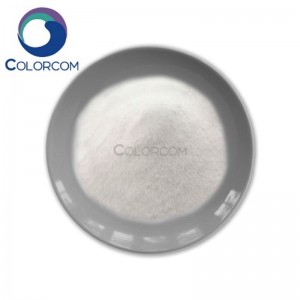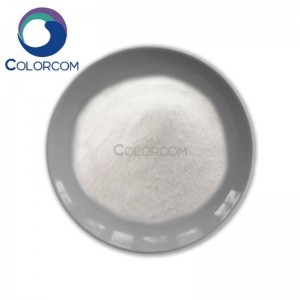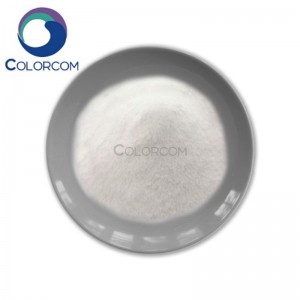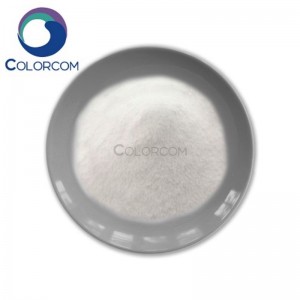Cytosine | 71-30-7
Product Description
Cytosine is one of the four nitrogenous bases found in nucleic acids, including DNA (deoxyribonucleic acid) and RNA (ribonucleic acid).
Chemical Structure: Cytosine is a pyrimidine base with a single six-membered aromatic ring structure. It contains two nitrogen atoms and three carbon atoms. Cytosine is commonly represented by the letter "C" in the context of nucleic acids.
Biological Role
Nucleic Acid Base: Cytosine forms base pairs with guanine through hydrogen bonding in DNA and RNA. In DNA, cytosine-guanine pairs are held together by three hydrogen bonds, contributing to the stability of the DNA double helix.
Genetic Code: Cytosine, along with adenine, guanine, and thymine (in DNA) or uracil (in RNA), serves as one of the building blocks of the genetic code. The sequence of cytosine bases along with other nucleotides carries genetic information and determines the characteristics of living organisms.
Metabolism: Cytosine can be synthesized de novo in organisms or obtained from the diet through the consumption of foods containing nucleic acids.
Dietary Sources: Cytosine is found naturally in various foods, including meat, fish, poultry, dairy products, legumes, and grains.
Therapeutic Applications: Cytosine and its derivatives have been investigated for potential therapeutic applications in areas such as cancer treatment, antiviral therapy, and metabolic disorders.
Chemical Modifications: Cytosine can undergo chemical modifications, such as methylation, which play a role in gene regulation, epigenetics, and the development of diseases.
Package
25KG/BAG or as you request.
Storage
Store at a ventilated, dry place.
Executive Standard
International Standard.









